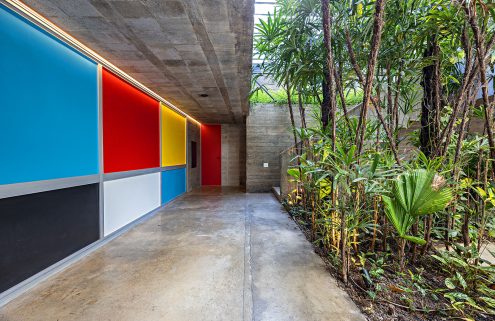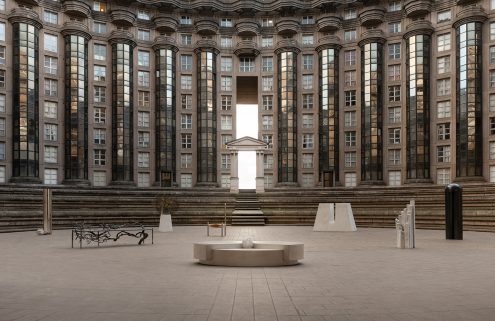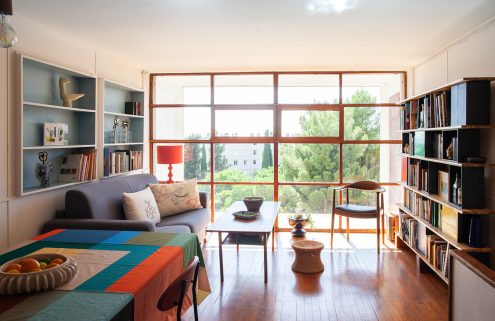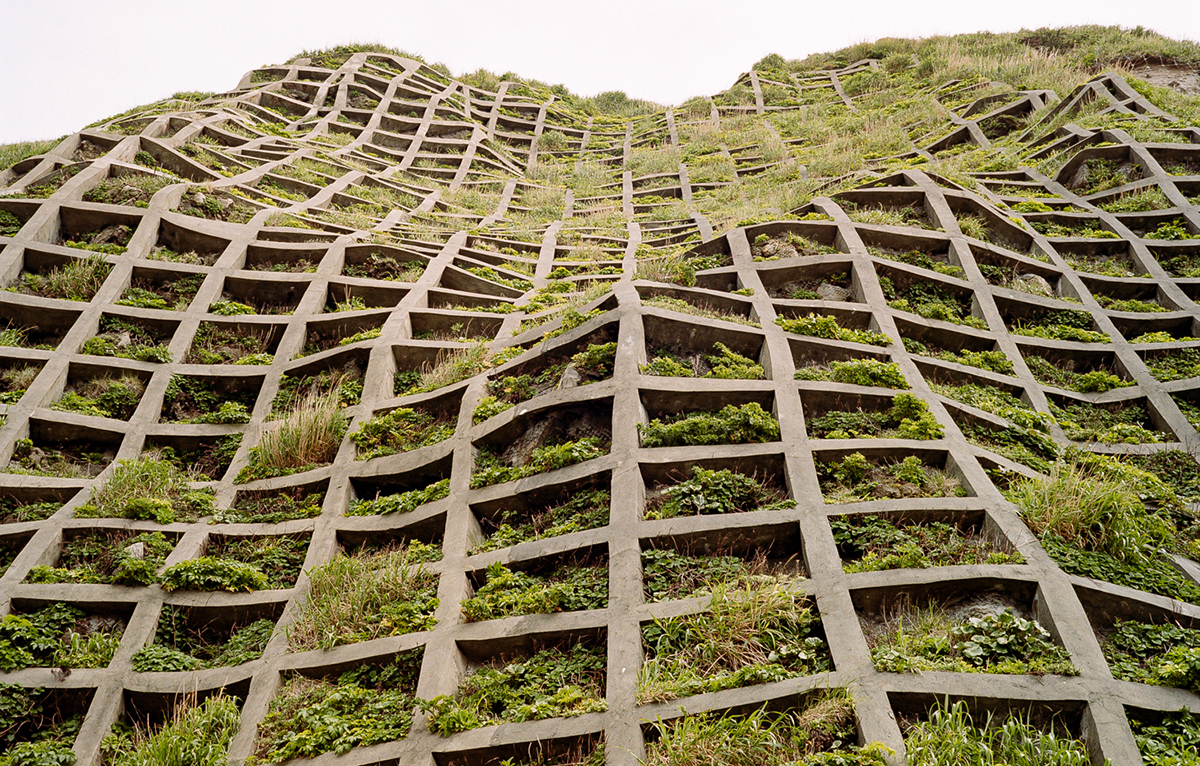Brutalism has a bad rep for being cold and austere, but Olivia Broome has spent years documenting the softer, greener side of concrete on her Instagram account, Brutalist Plants.
Now, she’s taken her expansive project offline with a new book that celebrates the intersection of Brutalism and the natural world.
Brutalist Plants is published by Hoxton Press and documents 150 Brutalist buildings around the globe that act as climbing frames for nature, from green roofs and living walls to the lush courtyard of London’s Barbican estate, which boasts the largest tropical conservatory in London after Kew Gardens plus Babylonian-style cascading courtyard gardens.

The Barbican Conservatory,
London, United Kingdom. Architect: Chamberlin, Powell and Bon. Photography: © Taran Wilkhu

Calouste Gulbenkian Museum,
Lisbon, Portugal. Photography: © Irving Bartlett

Casa Alférez, Cañada De Alferes,
Mexico. Architect: Ludwig Godefroy. Photography: © Rory Gardiner.

Jurong Bird Park, Jurong,
Singapore. Architect: John Yealland and J. Toovey. Photography: © James Wong

Monument to the Revolution,
Kozara National Park, Prijedor, Bosnia and Herzegovina. Architect: Dušan Džamonja.
Photography: © Alexey Bokov.

La Vallée, Basse-Normandie,
France. Artwork by Karsten Födinger. Credit: Karsten Födinger

Mailman Center for Child
Development, University of Miami, Miami, FL, United States. Architect: Hilario Candela. Photography: © Felix Torkar

Bucharest, Romania. Photography: © Bogdan Anghel.

Evangelische Friedenskirche (Peace
Church), Monheim-Baumberg, Germany. Architect: Walter Maria Förderer. Credit: © Bildarchiv Monheim GmbH / Alamy Stock Photo.
Broome’s cross-continental curation takes readers on a visual journey from the leafy pocket gardens of Le Corbusier’s Unité d’Habitation project in Marseilles to his lesser-known projects in Ahmedabad, Gujarat.
And while Brutalism is often associated with European cities (particularly for us biased Westerners), the architectural oeuvre really flourished in the tropics, particularly in Latin America, during the 1960s and 1970s. Brazil is home to an impressive array of Brutalist architecture by the likes of Paulo Mendes da Rocha, Lina Bo Bardi, and Oscar Niemeyer—their striking concrete forms offset by the verdant fronts of palm trees.
Meanwhile, in Mexico, Ludwig Godefroy’s contemporary villas are bedded in the jungle and draw inspiration from the temples and engineering feats of the Maya and the Aztec people with courtyards and climbing plants crucial to their designs.

‘Brutalist Plants started as an Instagram account in 2018, sparked by an interest in curating images I could not find collected elsewhere,’ Broome writes in her introduction. ‘Jutting grey angles meet wily green fronds – their appeal and contrast fascinated me.’
Broome’s fascination extends to a cache of Eastern European Brutalist monuments, some in former Soviet and Yugoslavian states. In Bosnia and Herzegovina, artist Dušan Džamonja’s 1972 Monument to the Revolution emerges from the forested slopes of Mrakovica, one of the highest peaks of Kozara mountain – an enduring memorial to the dead of WWII.
And while some appear pristine and untouched by their surroundings, others’ concrete edifices are swamped by vines, signs of their human origins slowly erased by time and nature.

‘Time passes and styles go in and out of fashion,’ muses Broom. ‘Brutalism is no exception. These powerful palaces are ever-oscillating between being listed and being demolished. This is even more reason to honour these debated “monstrosities ‘before they are reduced to rubble or, better yet, abandoned to the mercy of creeping vines through concrete cracks…’
Brutalist Plants by Olivia Broome is published by Hoxton Mini Press























